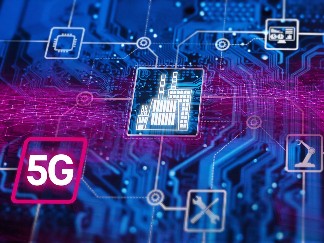
5G technology is designed to support a vast ecosystem of connected devices, significantly enhancing the capabilities of the Internet of Things (IoT).
One of the key features of 5G is its ability to facilitate Massive Machine-Type Communications (mMTC), which allows for the connection of billions of low-power, low-complexity devices. This is crucial for applications that require sporadic data transmission, such as smart sensors and meters.








Key Features of 5G for Massive Connectivity
High Device Density: 5G networks can connect up to one million devices per square kilometer, making it ideal for urban environments where many devices need to communicate simultaneously.
Low Power Consumption: The technology is optimized for devices that require minimal power, extending battery life and reducing operational costs. This is particularly important for IoT devices that may be deployed in remote or hard-to-reach locations.
Enhanced Network Efficiency: 5G networks are designed to handle a diverse range of applications, balancing speed, latency, and cost to meet the varying needs of connected devices.
Support for Diverse Applications: From smart cities to industrial automation, 5G enables a wide array of use cases, including connected vehicles, smart factories, and environmental monitoring systems.
Future Implications
As 5G technology continues to evolve, it is expected to further enhance the capabilities of IoT, enabling more sophisticated applications and services. The transition from older cellular technologies like 2G and 3G to 4G and 5G is facilitating a massive migration of low-data flow applications to more efficient networks, paving the way for a more interconnected world.
In summary, 5G technology is set to revolutionize connectivity, allowing for the seamless integration of billions of devices into a cohesive network, thereby transforming industries and enhancing everyday life.


Leave a Reply